Caddies react to USGA, R&A plan to limit scope of green-reading materials starting in 2019
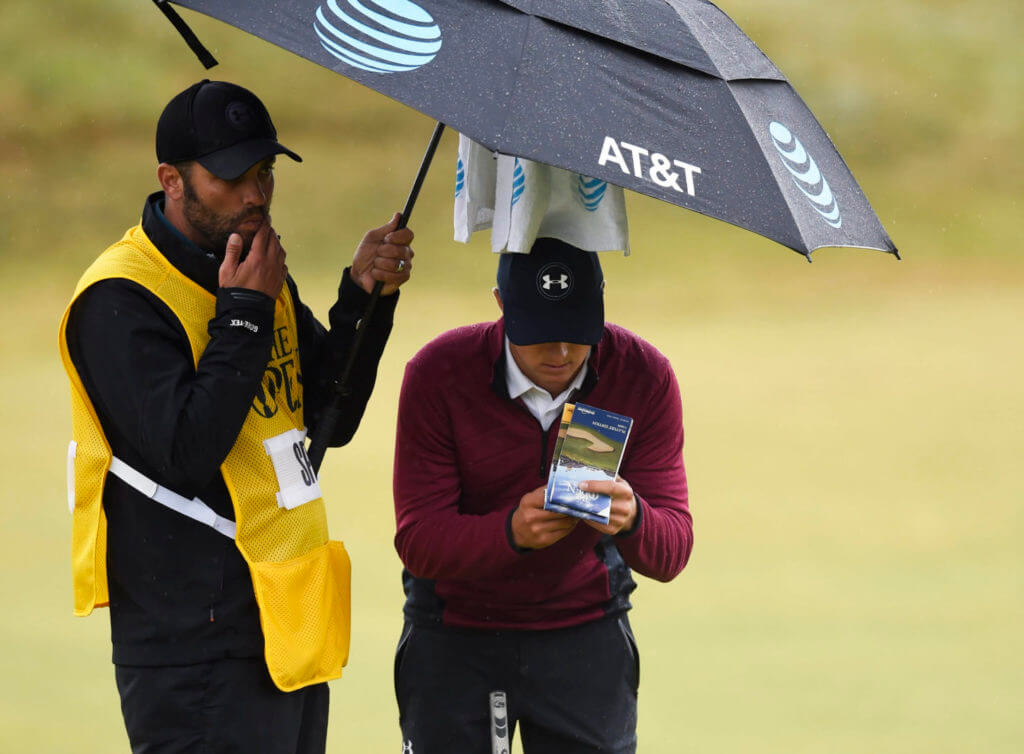
The USGA and R&A – golf’s governing bodies – proposed on Tuesday, regulations on the use of green-reading materials to reaffirm the need for players to read greens, “based on their own judgment, skill and ability.”
The key elements of the proposed interpretation are as follows (from the USGA statement):
- Minimum Slope Indication Limit – A minimum slope indication limit of 4 percent (2.29 degrees) is proposed (this includes lines, arrows, numbers or any other indicators); this will have the effect of eliminating such indicators of slope from those areas of the putting green where the hole is most likely to be positioned (which tend to be cut on reasonably flat sections of the putting green with a degree of slope of less than 3.5 percent – or 2 degrees). This proposed limit also equates roughly with the amount of slope that is readily visible to the naked eye.
- Maximum Scale Limit – A maximum scale of 3/8 inch to 5 yards (1:480) is proposed; this will limit the size in print form to a pocket-sized publication and has the effect of restricting the space for handwritten notes (also referenced below).
- Indicative Information – General information that is included in traditional yardage books or course guides, such as basic illustrations that show the outline of the putting green and include indicative information like the tops of ridges or general slopes, will continue to be permitted.
- Handwritten Notes – Handwritten notes will continue to be allowed, but such notes cannot be used to create either a direct copy or a facsimile (replica) of a detailed green map.
- Interested parties are encouraged to contact the USGA at rules@usga.org or The R&A with questions, feedback or suggestions for improvement prior to Sept. 14, 2018.
The governing bodies will issue the regulation by no later than Oct. 15, 2018 for its planned Jan. 1, 2019 adoption.
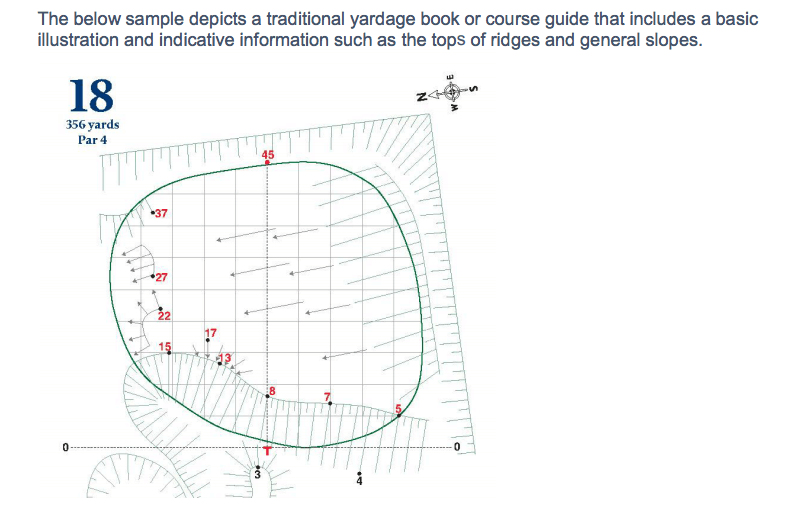
On Wednesday, TCN reached out to caddies for their input on the proposal.
Jose Campra, caddie for Scott Piercy, isn’t bothered by the proposal.
“I think it’s fine,” Campra said. “It should be about the skill of reading it. They make play slower.”
Kip Henley, Austin Cook’s caddie, is all for doing away with the greens books.
“I hope they 100 percent completely do away with all forms of green reading books, but I don’t see how they can even stop it a little bit. How do you keep guys from drawing lines in their books? I think it’s here to stay. I don’t use them, but my player does sometimes.”
Not everyone felt the same as Campra and Henley.
“Once again, the USGA falls asleep at the wheel,” said Kenny Harms, caddie for Kevin Na. “First the golf ball. Then the decision on the long putter. Now, some 10 years later, they want to put a stop to the greens books. You just can’t make this up.”
Proponents of limiting these green-reading materials have noted that by limiting the materials, the result could be faster rounds.
Don Donatello, who currently works for Tom Lovelady, isn’t convinced.
“It’s amazing to me that this proposal came out yesterday for 2019,” he said. “I think the books help pace of play and help players and caddies to make faster decisions on the course. I thought all the new rules changes were to make pace of play faster, but I guess not. I could see them limiting the percentage numbers, but to limit incredible technology is crazy. I hope they change their decision.”
Caddie Eddie Cole, who has looped on several tours, also doesn’t believe this proposal will do much — if anything — to improve pace of play.
“My opinion is that it won’t speed the game up by a tremendous amount of time,” Cole told TCN. “The greens on the PGA Tour are pretty consistent for the most part. Whereas, the speed of the greens on the other tours tend to vary. Because after all, when it’s all said and done, the player still has to put a good stroke on the putt.”
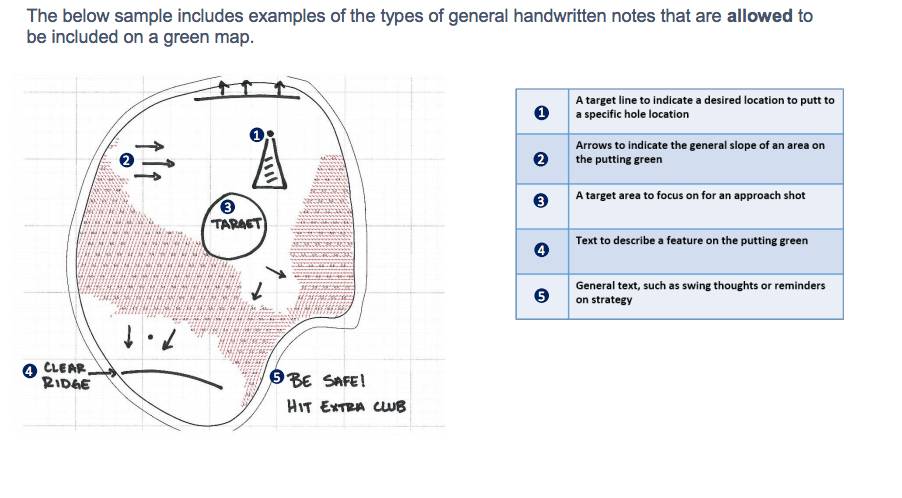
Taylor Ford caddies for Stewart Cink. Ford said that while he understands the governing bodies want the game to remain in its purest form, they’re also trying to “constantly stop the evolution of the sport.”
“In the past, there have been controversial decisions, including the creation of yardage books, use of long putters and now the greens books,” Ford said. “What I believe they’re missing out on is the universal question, ‘Why?’ If their answer is pace of play, I think they need to take a look in the mirror. We have a shot clock, it’s just rarely enforced unless you’re a rookie or a player the official doesn’t like. You think Jordan [Spieth] got a bad time on 13 at The Open last year? No offense, I love that team. But every other major sport is absorbing the growth of new information on performance and golf always tries to hinder theirs.”
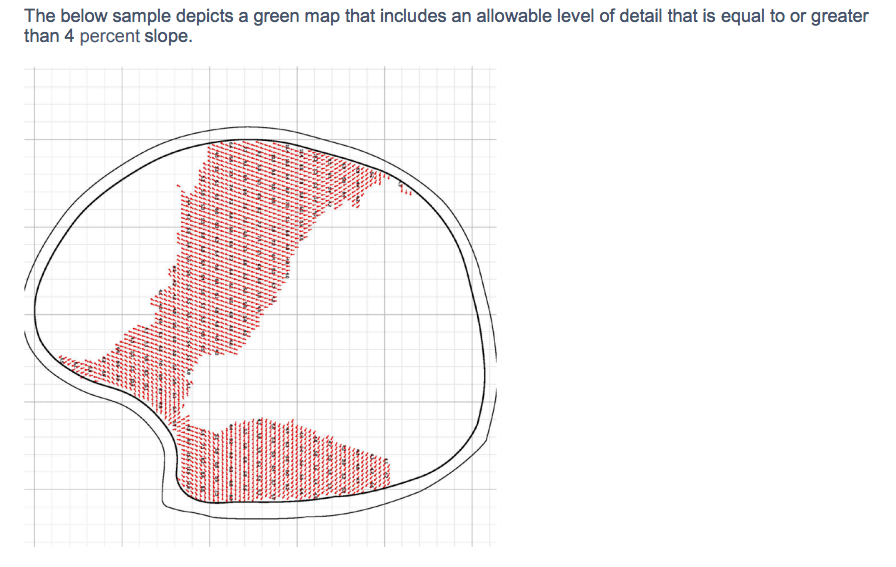
Ford also noted that the green-reading materials are used only as a reference.
“They’re not a bible,” Ford said. “These greens are living organisms and even the best superintendent in the world will agree that there are subtle imperfections. Just like a yardage book showing the distance and slope, these players still have to execute the shot.”
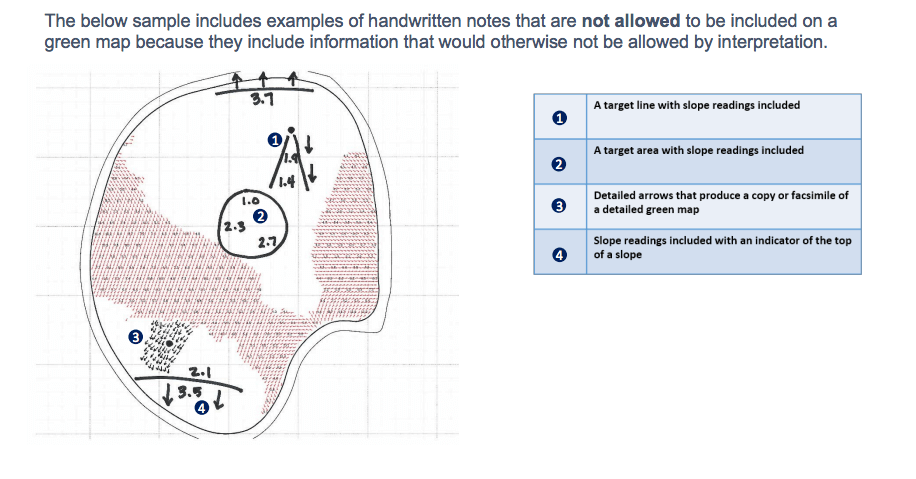
If the point of this proposal is to have players retain their skill of green reading, Ford asked, then why haven’t scores or putting stats changed since the inception of these greens books?
“Stats don’t lie,” he said.” It’s a slight to tour professionals. The old slogan of the PGA Tour is ‘These guys are good.’ Do you think they got their card because of a greens book? I just think the USGA and R&A need to take a look in the mirror.”






Dang. Is the USGA gonna bring back the bullseye putter and make everyone use it. Outlaw MOI.